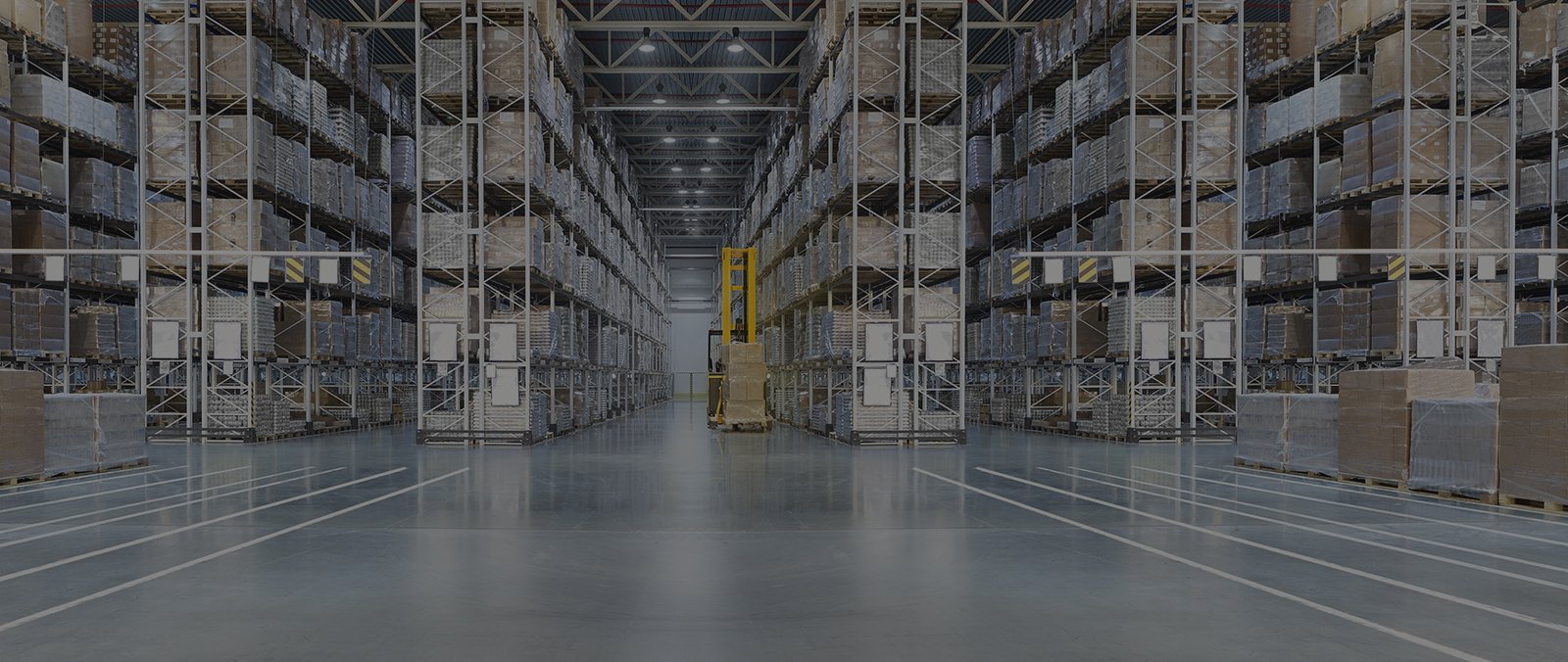
AGRICULTURAL ROBOTICS
Why do you need inertial navigation system for Agricultural Robotics?
In robotics Inertial Navigation Systems (INS) play a role due, to the specific demands and challenges encountered in farming environments. Here are a few key reasons why inertial navigation systems are indispensable in robotics:
- Autonomous Operation - Agricultural robots often need to operate for tasks like planting, harvesting and spraying. Inertial Navigation Systems enable these robots to navigate and make real time decisions without intervention
- GPS denied Environments - Certain areas of farms may have. No access to Global Positioning System (GPS) signals due to vegetation or nearby tall structures. Inertial Navigation Systems offer a navigation solution in GPS denied or obstructed environments ensuring uninterrupted operation across the entire farm
- Continuous and Real time Navigation - Accurate and real time navigation information is crucial for robots to move through fields. Inertial Navigation Systems provide updates on the robots position, velocity and orientation facilitating navigation even in dynamic environments
- Precision Farming - By ensuring positioning of robots Inertial Navigation Systems contribute significantly to precision farming practices. This precision is particularly vital for tasks, like precision planting where optimal crop yield relies on spacing between seeds
- Flexible Path Planning - Farms often have shapes. There can be obstacles, like trees and rocks. Inertial Navigation Systems (INS) allow agricultural robots to plan their paths in a way efficiently navigating around obstacles by adapting to the layout of the farm
- Drift Compensation - The purpose of Inertial Navigation Systems is to minimize drift providing navigation information when the robot operates for long periods without external reference points. This is crucial for maintaining positioning during farming operations
- Reduced Reliance on External Infrastructure - With Inertial Navigation Systems agricultural robots become less reliant on infrastructure like ground based markers or beacons. This flexibility is highly valuable in farming areas where setting up reference points may not be practical
- Efficient Use of Resources - The precise navigation enabled by INS contributes to resource utilization in tasks such as fertilization and irrigation. Agricultural robots can apply resources with accuracy reducing waste and promoting farming practices
- Integration with Sensors - Inertial Navigation Systems can be seamlessly integrated with sensors such as cameras, LiDAR or multispectral imaging devices. This fusion of sensor data enhances the perception and navigation capabilities of robots supporting tasks like crop monitoring and weed detection
- Harvesting Operations - For harvesting robots Inertial Navigation Systems play a role, in ensuring navigation during harvesting operations
Proper positioning plays a role, in enabling robots to effectively gather crops reducing harm to plants and maximizing the efficiency of the harvest process. To put it simply Inertial Navigation Systems are vital, for the triumph of robotics as they offer uninterrupted and real time navigation data. These systems enhance the efficiency, accuracy and self sufficiency of robots supporting a range of tasks aimed at improving crop productivity and promoting farming methods.
Contact Us for more information.
